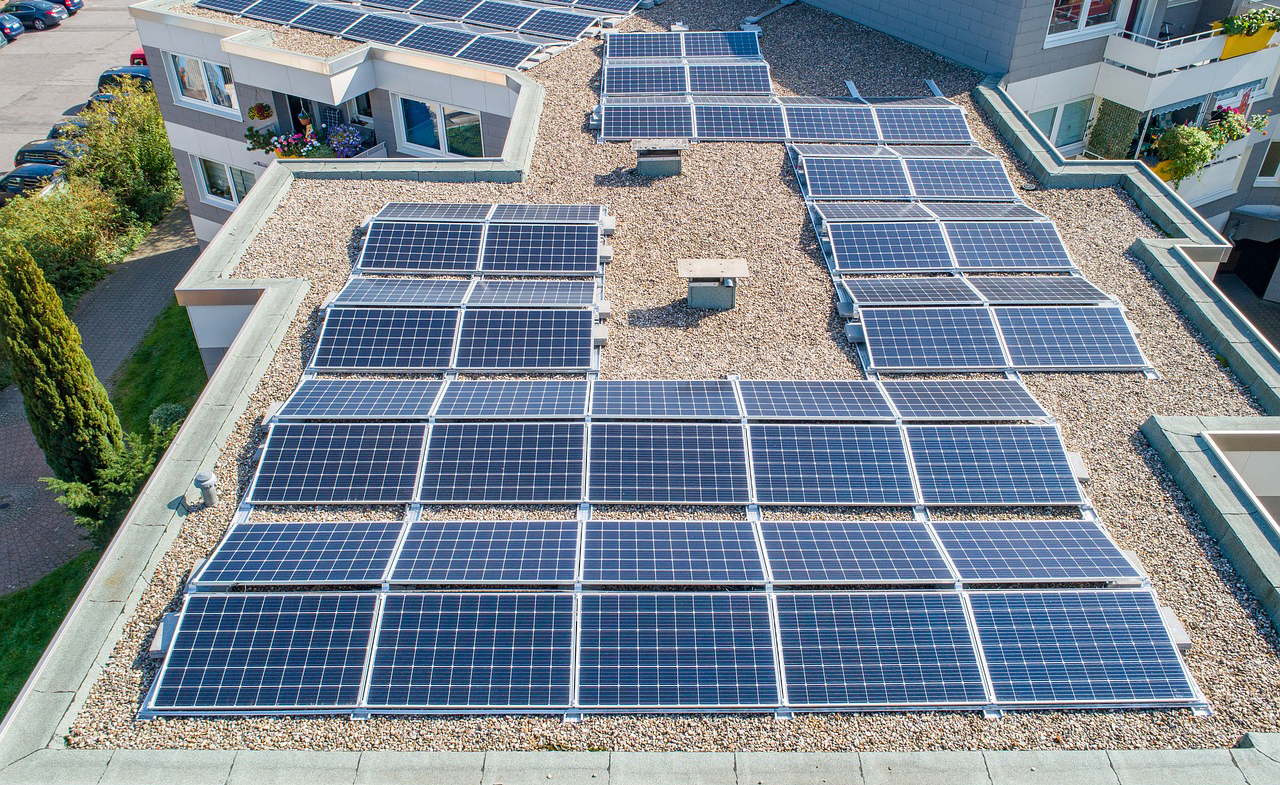News
India Approves $660 Million Increase in Rooftop Solar Budget
India's Cabinet Committee on Economic Affairs has approved an expansion of the country's grid-connected rooftop solar budget from 6 billion Indian rupees (90 million US dollars) to 50 billion Indian rupees by 2019/20.The cabinet, chaired by Prime Minister Narendra Modi, approved the plan as part of the National Solar Plan to support the installation of 4.2GW of rooftop solar over the next five years.
Tarun Kapoor, joint secretary of the Ministry of New and Renewable Energy (MNRE), announced plans to increase rooftop subsidy from 15% to 30% at IntersolarIndia in November last year. The subsidy is available in most states, but for select states such as Sikkim, Uttarakhand, Himachal Pradesh, Jammu and Kashmir, Lakshadweep and Andaman and Nicobar Islands, the subsidy will be 70%.
However, these rooftop subsidies will not be applicable to commercial and industrial facilities in the private sector as they enjoy other benefits including accelerated depreciation, duty concessions, excise duty exemptions and tax holidays.
Jasmeet Khurana, associate director of consulting at Bridge to India, said on Twitter that state agencies, banks and the Solar Energy Corporation of India (SECI) will disburse subsidies to eligible customers.
Even as MNRE targets 40GW of rooftop solar by 2022, Kapoor admits that India's development has been slow so far, especially when compared to the country's booming utility-scale market.
As early as November, Bridge to India released its "India Solar Rooftop Plan 2016" in IntersolarIndia, stating that as of October 31, 2015, the total installed rooftop capacity was 525MW, and it is expected to increase by 455MW in the next twelve months. The consultancy also expects 6.5GW of rooftops to be installed in India by 2020.
To date, twenty-six states plan to support rooftops through net metering and gross metering schemes.
A statement from the Indian government said that Indian solar rooftop systems can generate electricity at a price of about 6.50 Indian rupees per kilowatt-hour, making it cheaper than energy from diesel generators.
The Chhattisgarh government also recently ordered new buildings in government, semi-government institutions and public institutions to install rooftop solar power.
Indian integrated solar company Tata Power Solar has recently put into operation one of the world's largest rooftop photovoltaic projects, located in Punjab, India, with a capacity of 12MW.

RELATED NEWS
- The French Government is Planning to Offer a 10,000 Euro Incentive for Buying El
- UAE Energy Minister Calls on Responsibility for Stabilizing Oil Market
- Global Photovoltaic Installations Exceeded 12GW in the First Quarter of 2015
- BANDON's New Inverter Product Attracted Much Attention at China Heat Pump Exhibi
- How the Heart of Europe Beats
